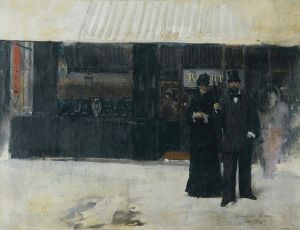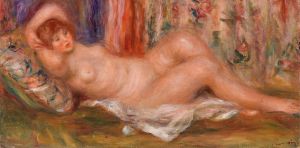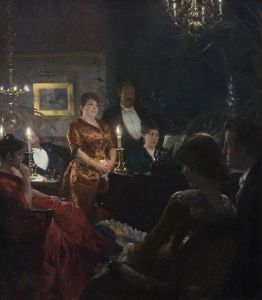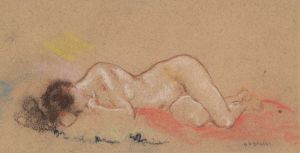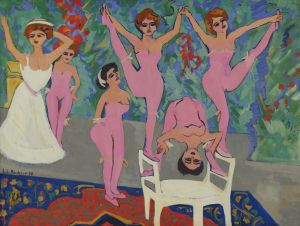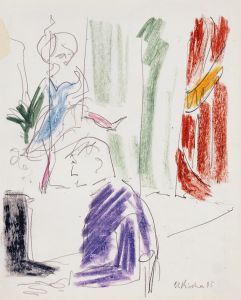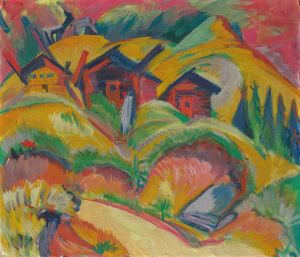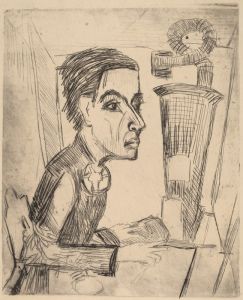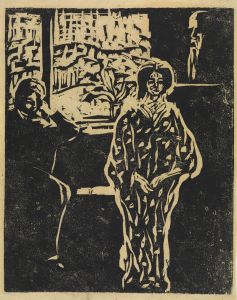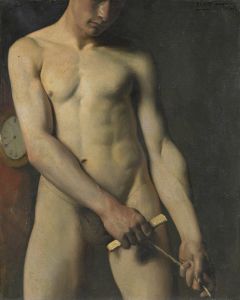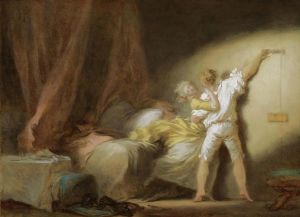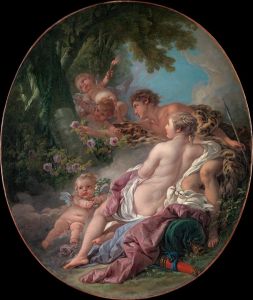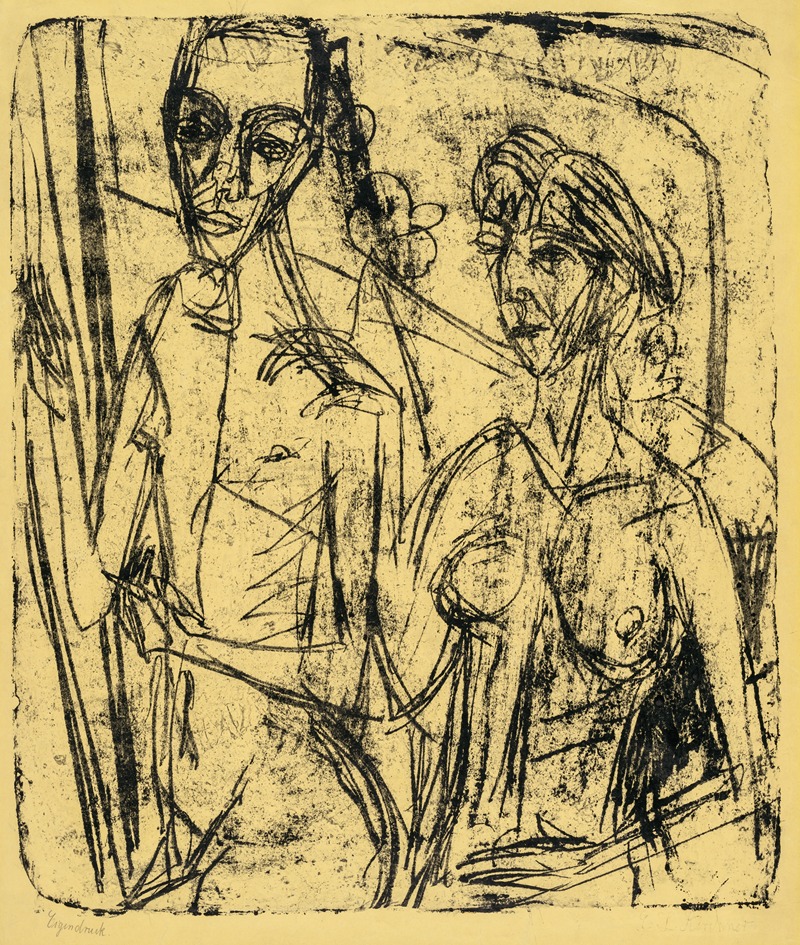
Couple in Room, Nude Man with Woman
A hand-painted replica of Ernst Ludwig Kirchner’s masterpiece Couple in Room, Nude Man with Woman, meticulously crafted by professional artists to capture the true essence of the original. Each piece is created with museum-quality canvas and rare mineral pigments, carefully painted by experienced artists with delicate brushstrokes and rich, layered colors to perfectly recreate the texture of the original artwork. Unlike machine-printed reproductions, this hand-painted version brings the painting to life, infused with the artist’s emotions and skill in every stroke. Whether for personal collection or home decoration, it instantly elevates the artistic atmosphere of any space.
"Couple in Room, Nude Man with Woman" is a painting by the German expressionist artist Ernst Ludwig Kirchner. Kirchner, born on May 6, 1880, in Aschaffenburg, Bavaria, was a founding member of the influential artist group Die Brücke (The Bridge), which played a crucial role in the development of Expressionism in the early 20th century. The group aimed to create a new form of artistic expression that bridged the traditional and the modern, emphasizing raw emotion and a departure from academic standards.
Kirchner's work is characterized by its bold use of color, dynamic compositions, and often provocative subject matter. "Couple in Room, Nude Man with Woman" exemplifies these traits. Painted in 1913, this work reflects Kirchner's interest in the human form and his exploration of intimate and sometimes controversial themes.
The painting depicts a man and a woman in a domestic interior. The man is nude, while the woman is partially clothed. The setting is a room with simple furnishings, which serves as a backdrop to the central figures. Kirchner's use of color is striking; he employs a vivid palette to convey the emotional intensity of the scene. The figures are rendered in a somewhat distorted manner, a hallmark of Kirchner's style, which emphasizes emotional expression over realistic representation.
Kirchner's approach to the human body in this painting is both direct and unidealized. The figures are not depicted with classical proportions or poses; instead, they are shown in a way that highlights their vulnerability and humanity. This approach was part of Kirchner's broader critique of bourgeois society and its conventions. By presenting his subjects in a raw and unfiltered manner, Kirchner sought to challenge viewers' perceptions and provoke a deeper emotional response.
The painting also reflects Kirchner's interest in the psychological aspects of human relationships. The interaction between the man and the woman in the painting is ambiguous, leaving room for multiple interpretations. This ambiguity is a common feature in Kirchner's work, inviting viewers to engage with the painting on a personal and emotional level.
"Couple in Room, Nude Man with Woman" is part of Kirchner's broader body of work that explores themes of sexuality, intimacy, and the human condition. His work during this period was influenced by his experiences in Berlin, where he moved in 1911. The city's vibrant and often chaotic atmosphere had a profound impact on Kirchner's art, leading to a more intense and dynamic style.
Kirchner's career was marked by both critical acclaim and personal struggles. He faced significant challenges during World War I, including a nervous breakdown that led to his discharge from military service. Despite these difficulties, Kirchner continued to produce influential work until his death in 1938.
Today, Kirchner is recognized as one of the leading figures of German Expressionism. His work, including "Couple in Room, Nude Man with Woman," is celebrated for its bold experimentation and emotional depth. The painting remains an important example of Kirchner's ability to capture the complexities of human experience through his distinctive artistic vision.





